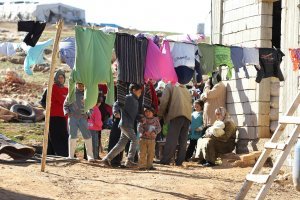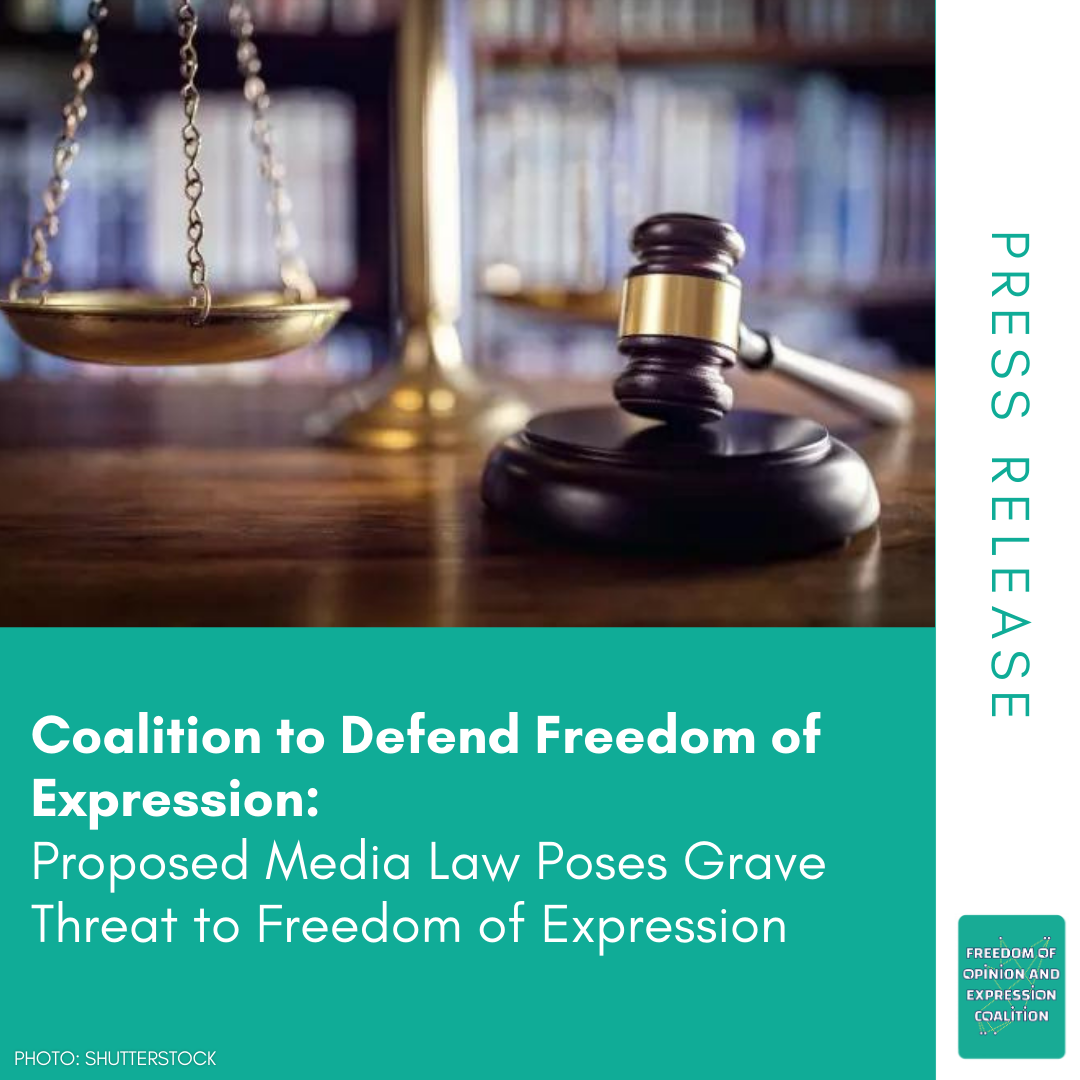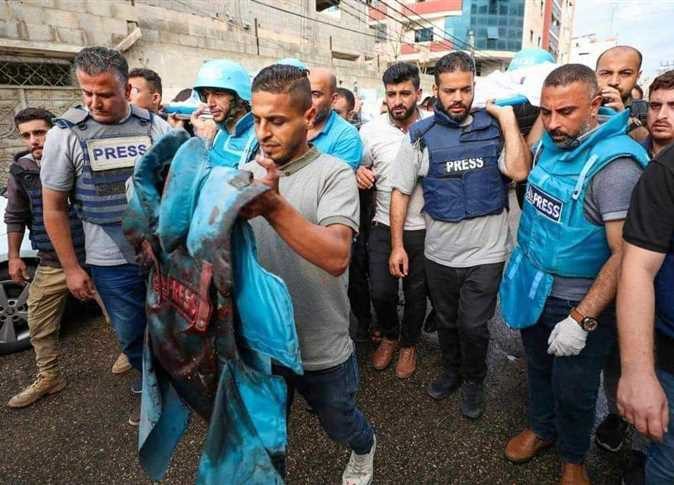Mental Health Programs for Syrian Refugees: The Risks of Medicalizing Social Distress

Lebanon is host to the largest number of Syrians displaced by the current conflict. Most of these refugees, some one-and-a-half million, live in tragic and precarious conditions.[1] Intensive war and forced displacement are known risk factors for social and mental health problems. Mental health services have become an important component of humanitarian programs in the context of emergencies arising out of conflict. After briefly reviewing the history of mental health programs in acute emergencies and their main critiques, I will describe the way Mental Health and Psychosocial Support (MHPSS) services are organized for Syrians displaced in Lebanon. I will then draw on some experiences from the field in order to explore the disturbing rise of suicidal attempts among Syrians displaced in Lebanon, and the risks of pathologizing collective suffering.
The Rise of Trauma Programs in Acute Emergencies
Mental health programs in war emergencies are a relatively new phenomenon. British psychiatrist Derek Summerfield, noted that at the end of World War II most Nazi camps survivors sought to rebuild their personal and work lives, and put the war behind them.[2] Most did not seek, nor were offered psychological help, and post-war Western societies did not perceive them as bearing longlasting psychological trauma. Since the 1980s, however, persons witnessing any event involving horror or death are assumed to be “traumatized” and in need of psychological help. Mental health programs were thus implemented worldwide, and were mainly based on individual and trauma-focused approaches.[3] A core feature of these programs is the diagnosis of Post-Traumatic Stress Disorder (PTSD), which was given the official status of a psychiatric disorder in 1980. Early proponents of PTSD were part of the antiwar movement in the US and they lobbied for veterans to receive a distinctive diagnosis, which would recognize them as victims and help them access compensation and specialized care.[2-3] Therefore, PTSD was as much a sociopolitical as a medical response to the problems of a particular group, at a particular moment in time. Yet, the mental health field rapidly endorsed it as a universal and context-independent concept.
Millions of dollars were invested in research to establish the biomedical framework of PTSD. One hypothesis argued that PTSD resulted from incomplete “processing of memories” of traumatic events, and therefore, it was an abnormal reaction within the individuals more prone to be affected.[4] A search for a biological marker that set these individuals apart has yet to yield conclusive results, despite substantial funding by the US Department of Veteran Affairs. However, PTSD was viewed as a universal response to war for entire populations, with specific diagnostic criteria (intrusion symptoms, avoidance of stimuli associated with trauma, alterations in mood and cognitions, alterations in arousal and reactivity), and specific interventions including antidepressant medications and cognitive behavioral therapy.[5] The large recognition of PTSD as a psychiatric disorder was used as a social and a political tool in South Africa and Bosnia, where men accused of political murders have claimed PTSD as a defense. In Holland, a diagnosis of PTSD enables compensation to be paid to victims of Nazi atrocities, even after 50 years.[3] The issue of resettlement of refugees in a third country is another example of the political use of the diagnosis of PTSD. As I mentioned in a previous article, refugees must have a diagnosis of PTSD in order to be prioritized for resettlement. Consequently, they first need to be labeled as being impaired by a psychiatric disorder, and not merely having experienced trauma.
Main Critiques of Trauma Programs
In the last two decades, evidence against the use of exclusively trauma-focused and individual counseling services in a setting of war emergency has emerged. Critics have pointed to the ethical question of consent: people affected by war did not request that their personal psychology be objectified. Furthermore, the beneficial effect of trauma interventions proved to be related to the positive effects of developing human relationships with the care providers and gaining a feeling of acceptance, which could be achieved by any kind of humanitarian support. It was not related to the effects of trauma-focused therapy as a specific technique.[2-3] Another important critique was that these programs were mostly imported from a Western context, without previous analysis of the perceptions of locals on mental health and illness, or of the refugees’ patterns of social coping skills and weaknesses. This has been described by American psychiatrist and anthropologist, Arthur Kleinman, as a “category fallacy”: applying a category that makes sense for a particular socio-cultural group and is validated in a particular context to another group, for whom this category may not make sense.[6]
The most important critique of trauma-based programs is arguably that these programs might impair the long-term rebuilding after war, by shifting resources and energy away from the reinforcement of local capacities, advocacy for peace, and the quest for social justice.[7] Effects of war, after all, are not a technical problem to which short-term technical and individual solutions apply (i.e., counseling). The efforts of war survivors is usually directed outwards, towards the rebuilding of their devastated social worlds, rather than inwards, towards their mental and emotional processes.
To address this controversy, international guidelines on MHPSS services in acute emergencies were developed in 2007.[8] A consensus emerged among experts that exposure to distress is a risk factor for social and mental health problems. No agreement, however, was reached regarding the public health value of PTSD, or on the appropriateness of trauma-focused services. Conventional guidelines recommended that 1st line psychosocial interventions in an acute setting should be community-targeted, rather than individual-targeted. This involves covering basic needs, providing safety, restarting schooling and recreational activities for children, and organizing social networks through participation in purposeful activities –religious, political, social and cultural– that re-establish systems of meaning and cohesion.
Despite the progress made in the field by these guidelines, the main challenge remains in their practical implementation. The latter includes changing entrenched perspectives and practices of international agencies and donors, so that they give priority to supporting integrated community-based mental health programs that focus on social needs and wellbeing, rather than on particular individual diagnosis. MHPSS services for Syrian refugees in Lebanon face such a challenge.
MHPSS Services for Syrians Displaced in Lebanon and the Issue of Attempted Suicides
MHPSS services in Lebanon are mostly provided by international NGOs, in coordination with local NGOs and primary health care centers affiliated with the Ministry of Public Health and the Ministry of Social Affairs. One of the main challenges in the field is to implement these services in the absence of an existing national mental health policy that would support and integrate them.
In December 2013, the UNHCR conducted an assessment of MHPSS services for Syrian refugees in Lebanon, and it is the only assessment conducted to date.[9] The report’s evaluation was based on the classification scheme of services in war emergency settings and forced migration, as outlined by international guidelines (see diagram below):
Level 1- Community-focused: MHPSS services at a basic level: safety, security, basic needs.
Level 2- Community-focused: Strengthening community and family support.
Level 3- Individual-focused: Non-specialized psychosocial support.
Level 4- Individual-focused: Specialized or clinical services.
The UNHCR assessment revealed serious needs at levels 1 and 2. The overriding concerns of most Syrian refugees were socioeconomic, rather than related to the traumatic events they witnessed in Syria. Most of them struggled to ensure adequate shelter, health services, food and education for their children. The majority lacked information about available services and did not feel safe moving around. They felt isolated within their own community, and perceived a sense of rejection by the host community. Prostitution and domestic violence were two of the major issues reported in the community.[9] Despite the obvious community-based nature of the needs reported by the Syrian refugees themselves, the assessment found that most of the MHPSS services provided were at the individual-focused levels of 3 (52%) and 4 (11%), and did not address the community’s basic needs. Fifty-two percent of MHPSS activities were at level 3, 37.3% at level 2, and 10.7% at level 4, which implies that their MHPSS services at level 1 were nil, despite the need to prioritize Level 1 and 2 in an emergency setting.[8]
Moreover, the assessment did not mention if the services provided were tailored to accommodate the Syrian refugees’ perceptions of mental health and illness, and the ways they normally seek to cope with distress. The results of the report concerning levels 3 and 4 described in detail the organization of the services, the training of psychiatrists and psychologists, and the availability of psychiatric medications. There was no mention, however, of the experience of the Syrian refugees themselves concerning individual psychotherapy or psychiatric sessions. What was their understanding of it? What did it mean to them? Did they perceive it as a source of relief? What was their own perception of wellbeing? What are the resources they normally resort to when facing adversity?
Moreover, the report did not mention the increasing frequency of suicidal attempts or threats to commit suicide as a source of referral to MHPSS services. No official data is available as of yet, but based on unofficial reports from staff working on the field, two to three suicidal attempts take place per week among the Syrian refugee population in Lebanon. Most attempts are committed by females, namely, by a cutting the wrist with a razor, taking medications, and sometimes in an apparent act of public protest by self-immolation. The case of a Syrian woman, Maryam, who immolated herself in front of a UN building in North Lebanon in March 2014, particularly attracted the attention of the media.
Following a suicidal attempt or suicidal threat, the UNHCR immediately seeks MHPSS services for psychiatric expertise. Based on this author’s field experience, the majority of the refugees who attempt suicide do not suffer from an underlying psychiatric disorder, and most often do not have prior psychiatric history. Most of them express feelings of powerlessness and hopelessness related to their living conditions of extreme poverty, social destabilization and deprivation, malnutrition, poor health status, discrimination, and insecurity. Some say that their suicidal attempt was their last and only hope to prompt the UNHCR to consider their requests for social assistance.
By perceiving suicidal attempts and threats among Syrian refugees as symptoms of a potential psychiatric malady (depressive disorder, personality disorder, PTSD, etc.), MHPSS services address this issue by individual counseling, psychiatric expertise or psychotropic medications. However, community-based interventions require resources to be able to address the main causes of the distress experienced by refugees. Such interventions would operate for the purpose of restoring their basic needs, establishing a community, allowing access to familial support, and ensuring their safety and security. Thus, the causes underlying suicidal behavior would be addressed, rather than merely trying to control the act itself. Unless these main issues are addressed, relapses and recurrences of suicidal attempts are unlikely to end.
Rethinking Mental Health for Refugees as Related to Social Justice
Interventions on an individual level (psychotherapy and psychotropic medications) is important, especially when the persons concerned have preexisting psychiatric disorders. However, field cases show that most Syrian refugees who get MHPSS services do not suffer from underlying psychiatric disorders. Instead, their distress is related to their living conditions of poverty, isolation, and insecurity. Most of the interventions, however, address the distress as an individual disorder. This could reveal the tendency of international donors to depoliticize collective and social suffering. By focusing on individual diagnosis, resources are shifted away from the restoration of basic rights, social justice, human security, and quality of life. It is thus important to separate clinical response to mental illness from the public health response to distress caused by mass violations of human rights. Such a change in perspective requires a parallel change in mental health services from short-term individual approaches to the development of sustainable community mental health services, in combination with advocacy for human rights and the restoration of political justice.
Moreover, data is lacking concerning the Syrian refugees’ own perception of their situation, their experiences with the MHPSS services and their expectations. In order to have a holistic understanding of the situation, we need to explore these perspectives. The ultimate aim would be to suggest community-targeted MHPSS interventions in line with the needs of the Syrian refugees themselves. Current interventions are mostly individual-focused and transposed from a Western context. They are usually evaluated by narrow medical indicators that do not reflect the daily struggles, pain and suffering that Syrian refugees continue to face.
__________
[1] UNHCR. “Syrian Regional Refugee Response”. (Accessed on November 1, 2014).
[2] Summerfield, D., 1999. A critique of seven assumptions behind psychological trauma programs in war-affected areas. Social Science & Medicine 48: 1449-1462.
[3] Bracken, P., et al., 1995. Psychological responses to war and atrocity: the limitations of current concepts. Social Science & Medicine 40, 1073±1082.
[4] Young, A., 1995. The Harmony of Illusions: Inventing Post Traumatic Stress Disorder. Princeton University Press, New Jersey.
[5] American Psychiatric Association, 2013. Diagnostic and Statistical Manual of Mental Disorders.
[6] Kleinman, A., 1991. Rethinking psychiatry. From cultural category to personal experience. Free Press, Cambridge.
[7] Giacaman, R. et al., 2011. Mental health, Social Distress and Political Oppression: The Case of the Occupied Palestinian Territory. Global Public Health 6(5): 547-559.
[8] Inter-Agency Standing Committee (IASC), 2007. IASC Guidelines on Mental Health and Psychosocial Support in Emergency Settings, Inter-Agency Standing Committee, Geneva.
[9] El Chammay, R., et al., 2013. Assessment of Mental Health and Psychosocial Support Services for Syrian Refugees in Lebanon. UNHCR.



